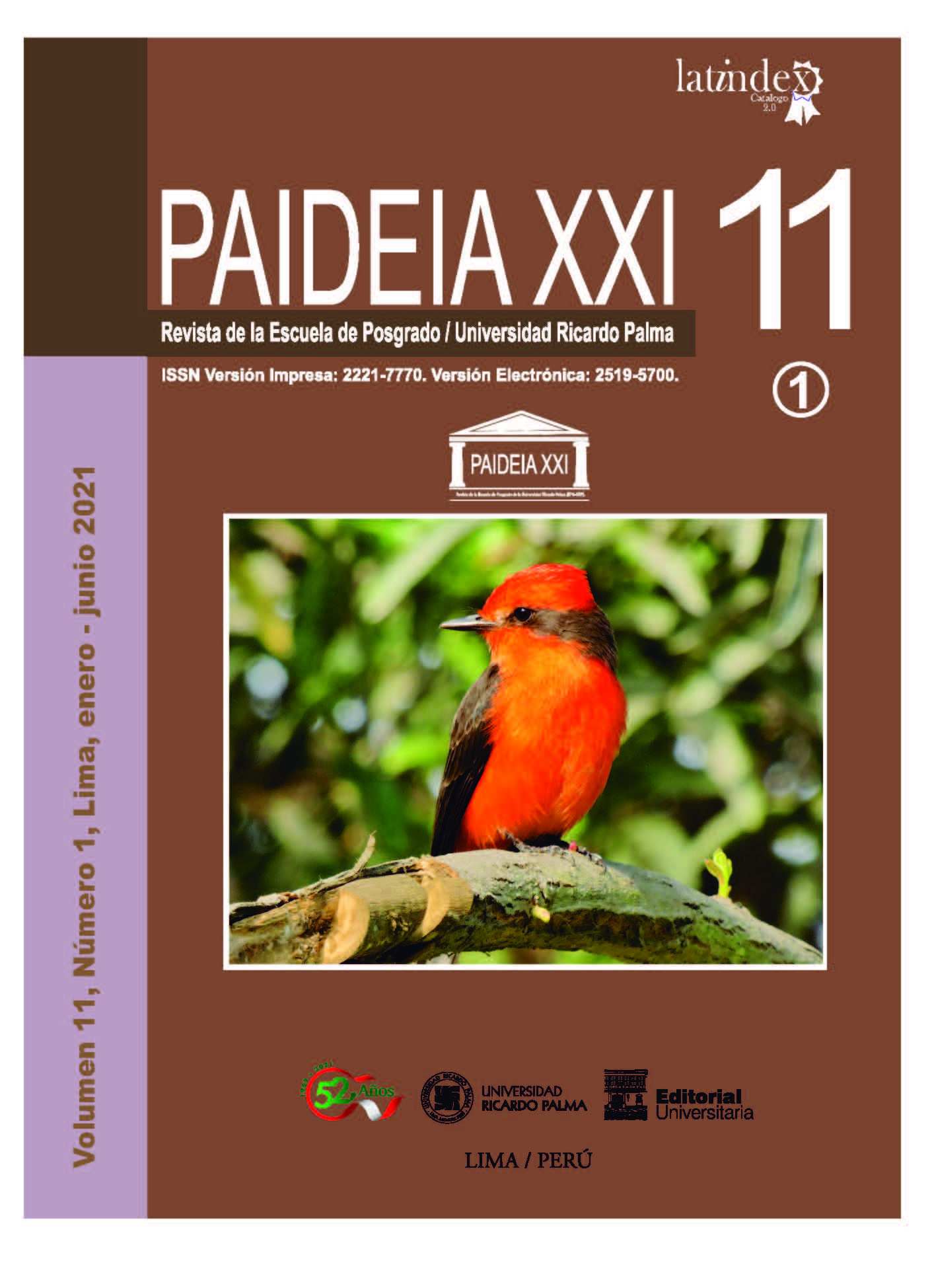ASYMPTOMATIC BACTERIURIA: DIAGNOSIS IN PREGNANT WOMEN BY OYRON WELL D-ONE IN PRIMARY HEALTH CARE, VILLA CLARA, CUBA
DOI:
https://doi.org/10.31381/paideia.v11i1.3792Abstract
Asymptomatic bacteriuria during pregnancy is defined as the existence of bacteria in the urinary tract in the absence of symptoms at the time of sampling, and the diagnosis is made by urine culture. The aim of the study was to determine the uropathogens and the antimicrobial susceptibility of the most frequent uropathogen by the OYRON WELL D-ONE system, in asymptomatic bacteriuria in pregnant women in Primary Health Care, in Villa Clara province, Cuba, September 2016 to April 2017. A descriptive observational research was conducted in 3 567 urine samples of pregnant women for the diagnosis of asymptomatic bacteriuria, using the OYRON WELL D-ONE system in 12 laboratories of Primary Health Care. The following variables were studied: urine culture results, identification of uropathogens and antimicrobial susceptibility of the most frequent. A database was created in Excel 2013. A total of 15.9% of positive urine cultures were diagnosed, 66,9% were negative and 14.2% were contaminated. The most frequent gram-negative uropathogen was Escherichia coli (Escherich, 1885) (42.8%), which showed greater sensitivity to fosfomycin; in addition, Enterobacter spp. (24.5%) and Klebsiella spp. (14.6%); while in gram-positive bacteria the order of diagnosis was: Enterococcus ssp. (13,5%), Streptococcus agalactiae (Lehmann & Neumann, 1896) (3.5%) and Staphylococcus aureus (Rosenbach, 1884) (1.1%). It was determined that E. coli was the most frequent uropathogen, which showed greater sensitivity to fosfomycin, in BA in pregnant women in primary health care.
Keywords: asymptomatic bacteriuria – pregnant women – OYRON WELL D-ONE system – urine culture – uropathogen – Villa Clara












